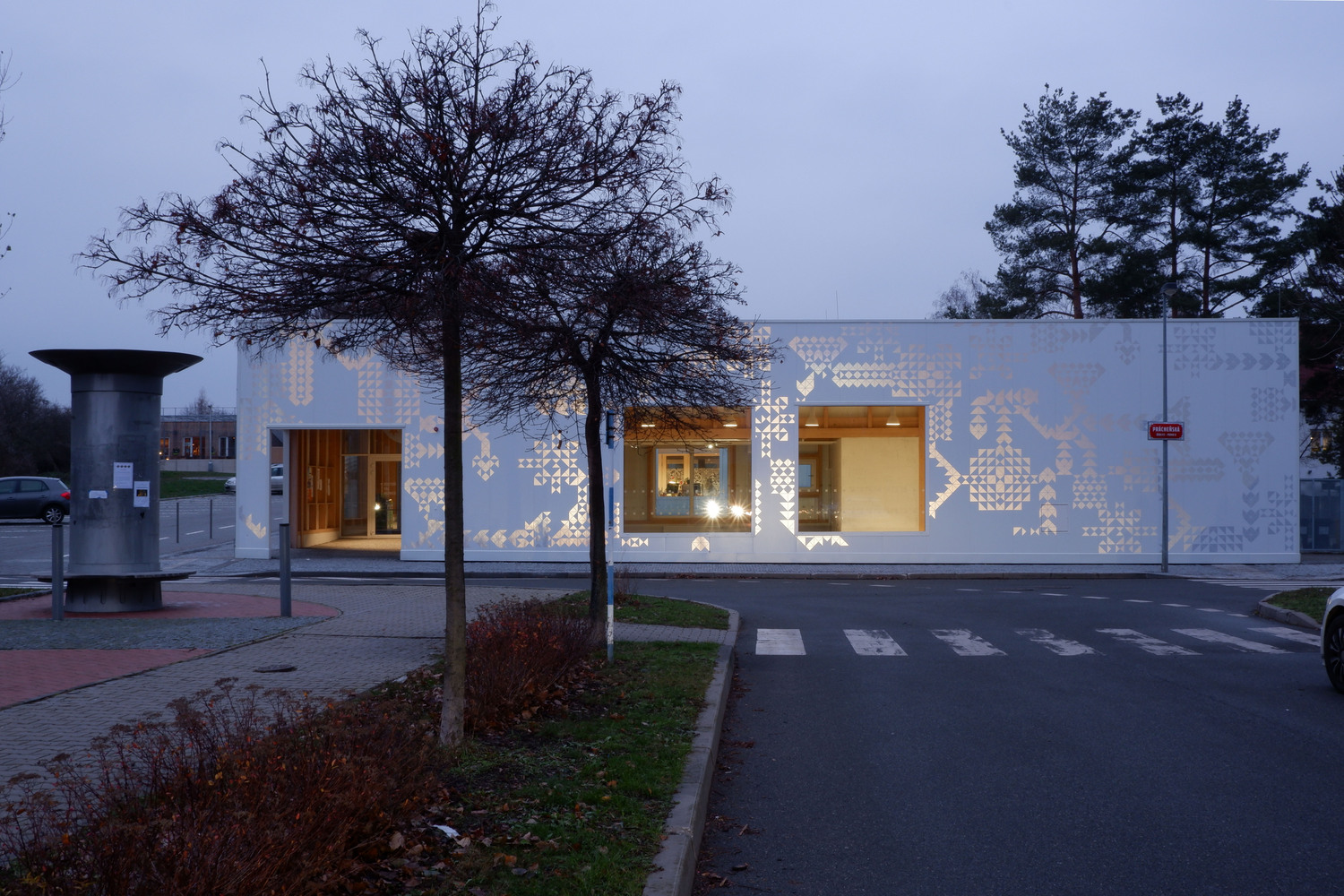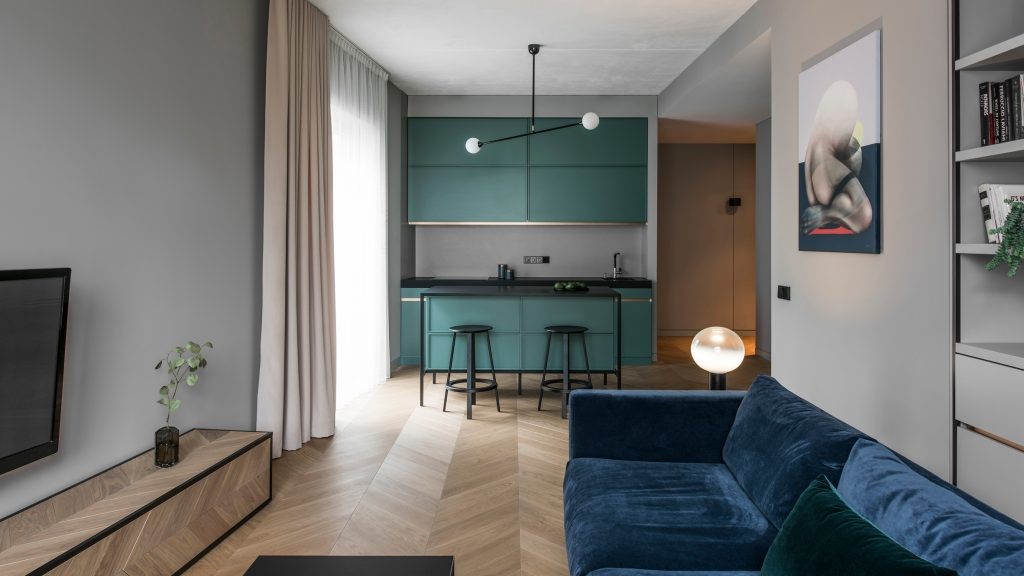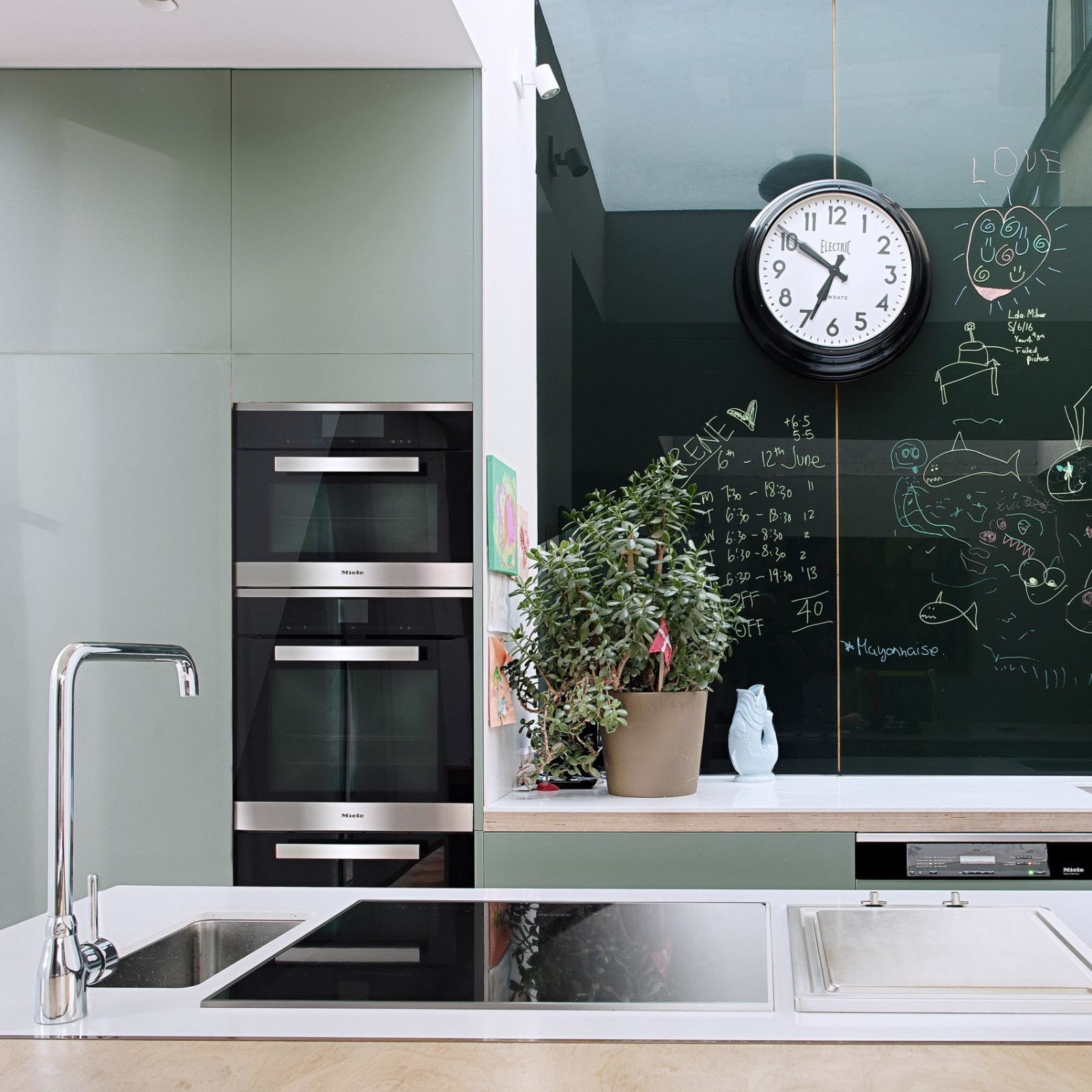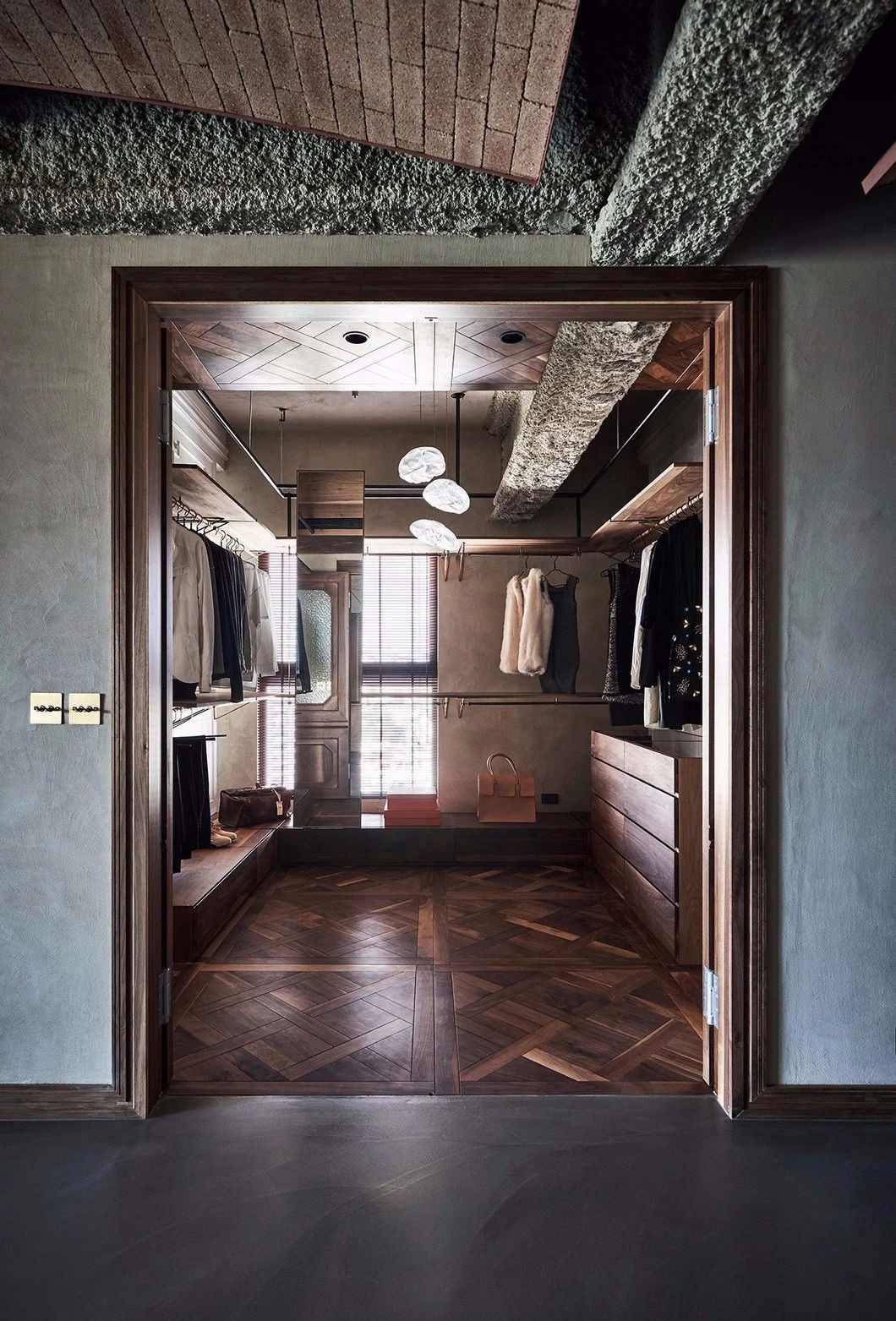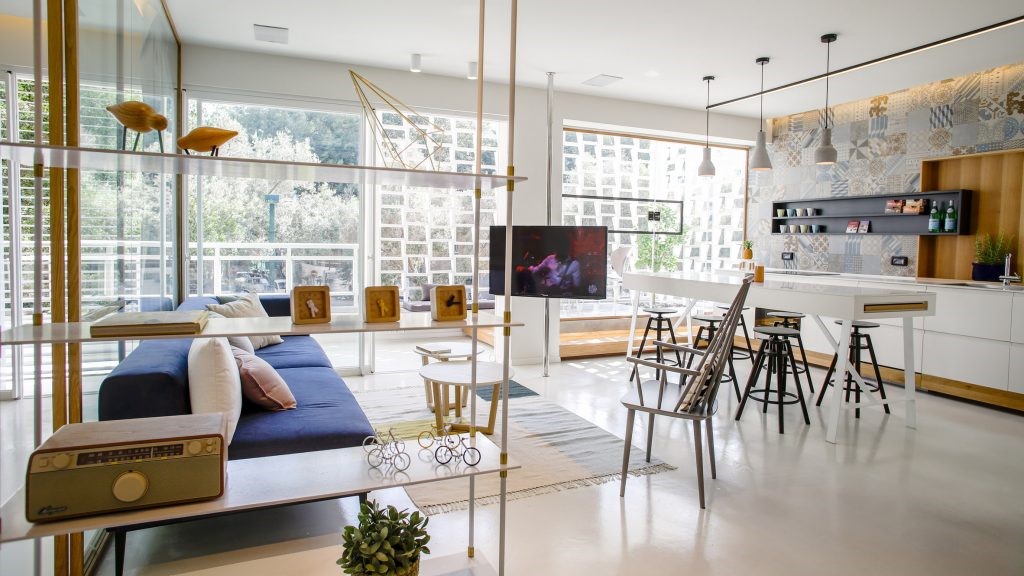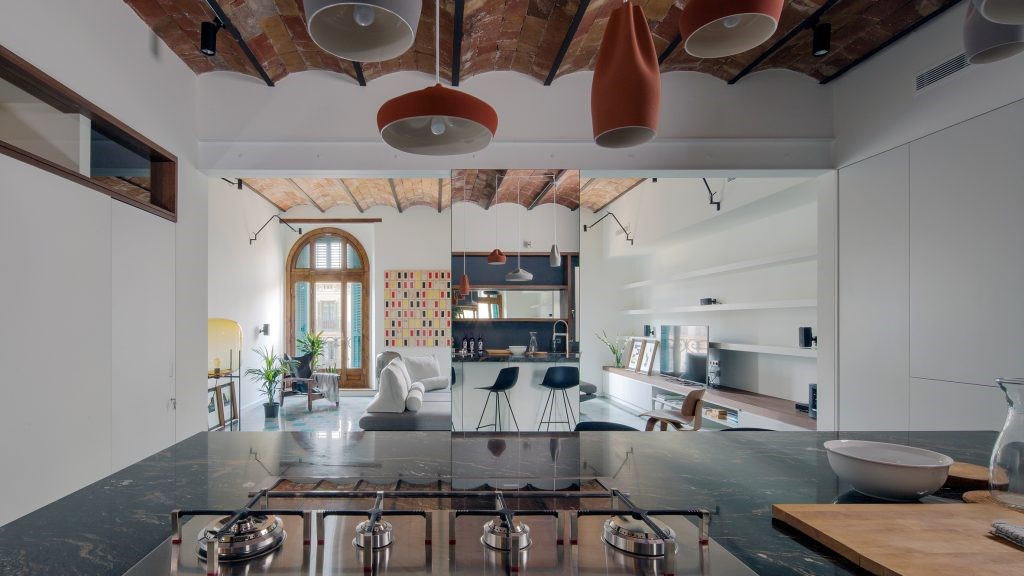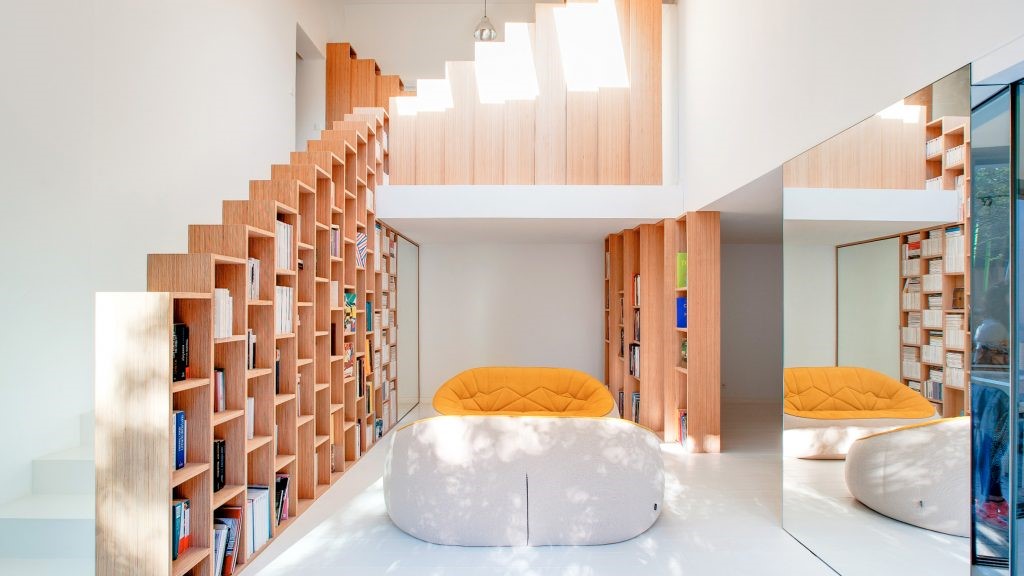Wind House OPENSPACE DESIGN
2016-10-05 20:00
Courtesy of OPENSPACE Design
开放空间设计


“风屋”是作为“度假空间”创建的,这是业主对场地条件的偏好风格。由于它位于小区边界的边缘,所以在自然绿地的旁边,当然也有宁静的气氛。
“Wind House” was created as “Resort Space” which was the owner’s preference style regarding the site conditions. As it was located on the edge of the housing estate project’s boundary, it gained the view of big natural green area beside and certainly, the atmosphere of tranquility.
Courtesy of OPENSPACE Design
开放空间设计


房子的规划是从思想“如何舒适地生活?”开始的。因此,建筑物的方位和房屋的空间应允许风流经并允许自然光在没有太多热量的情况下发光。同时,里面的用户也能看到外面漂亮的花园景色。
The house planning started from the idea - “How to live comfortably with nature?”. Therefore,the building orientation and the space of the house should allow the wind to flow through and allow natural light to shine in without too much heat. At the same time, the users inside could be able to see nice garden view outside as well.
Courtesy of OPENSPACE Design
开放空间设计




Courtesy of OPENSPACE Design
开放空间设计


房子的设计是在C形的,在右边有一个大庭院,靠近旁边的大的绿色区域,从3个侧面的每一个功能都能把这个令人愉快的庭院分享在一起。建筑物本身可以向用户提供隐私,因为邻居不能进入房屋的中心。通过该技术来吸引流经房屋的风是为了提供与庭院对准的建筑质量的一些大的空隙,这些空隙也被用作循环核心、楼梯和放松角。此外,甚至诸如门、栅栏、阳光屏幕图案等的一些细节也是如此。精心设计,以更有效地利用风力以达到通风目的。
The house was designed in C-Shape providing big courtyard on the right side, close to big green area beside, where every function from 3 sides could really share this pleasant courtyard together. The building itself could provide privacy to the users as neighbors would not be able to look into the center of the house. The technique to draw the wind flowing through the house perfectly was to provide some big voids of the building mass aligned to the courtyard which were also used as circulation core, stair and relaxation corner. Moreover, even some details such as doors, fences, sunlight screen patterns, etc. were meticulously designed to utilize the wind more efficiently for ventilation purpose.
Courtesy of OPENSPACE Design
开放空间设计


最重要的设计策略之一是在建筑与自然、室内与室外之间创造“无缝边界”。所有的公共区域以及流通被视为“半户外”空间,在屋檐下,但没有墙,与庭院和谐连接。此外,一些封闭的功能仍然是可供选择的,以获得新鲜空气,有时通过滑动全高度隔板到两侧。这将使房子的空间看起来更宽,更通风,当然,欢迎愉快的风成为“风屋”。
One of the most significant design strategies was to create “Seamless Boundary” between building and nature, indoor and outdoor. All of the common area as well as circulation were treated as “Semi-Outdoor” space, under the roof but without walls, connecting to the courtyard harmoniously. In addition, some enclosed functions were still optional to get fresh air sometimes by sliding full-height partitions to the sides. These would enable the house space to look wider, more airy and definitely, to welcome the delightful wind to be “Wind House”.
Courtesy of OPENSPACE Design
开放空间设计
































































Architects OPENSPACE DESIGN
Location Bangkok, Thailand
Category Houses
Lead Architects Chakrawan Smatasoraboosya, Monthon Sanguanpog, Songpon Jirayasin
Area 675.0 sqm
Project Year 2013
Manufacturers Loading...















